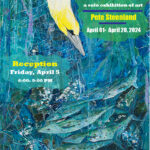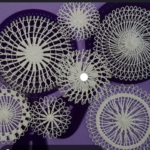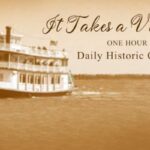Here are some wildflowers that grow in Brevard sure to attract wows in the summer
Summertime sunshine, temperatures and intense rainstorms are rough in Florida. While it may be tempting to plant flowers familiar from previous lives up North or pictured on the latest gardening blog, there is something to be said for sticking with a plant that has its roots here.
While they may not be as well known as flowers that have been nursery mainstays for years, the native plants and flowers have their own rugged beauty that add to landscapes in more ways than one. In addition to serving an aesthetic purpose, they also create natural buffers, reduce runoff, provide food for wildlife and attract pollinators.
Fortunately, nurseries are starting to get the message and are carrying more variety of natives. Below are some that you should get to know and perhaps find a place to incorporate into your landscape, as well as a few easy to find varieties at most nurseries countywide.
FLORAL GROUND COVERS
Lawns require multiple applications of fertilizer, pesticides and herbicides in order to keep up their green and lush appearance. By choosing a few native plants as either replacement for an existing lawn or to accentuate flowerbeds, the need for these products will be reduced and, in turn, create a healthier yard.
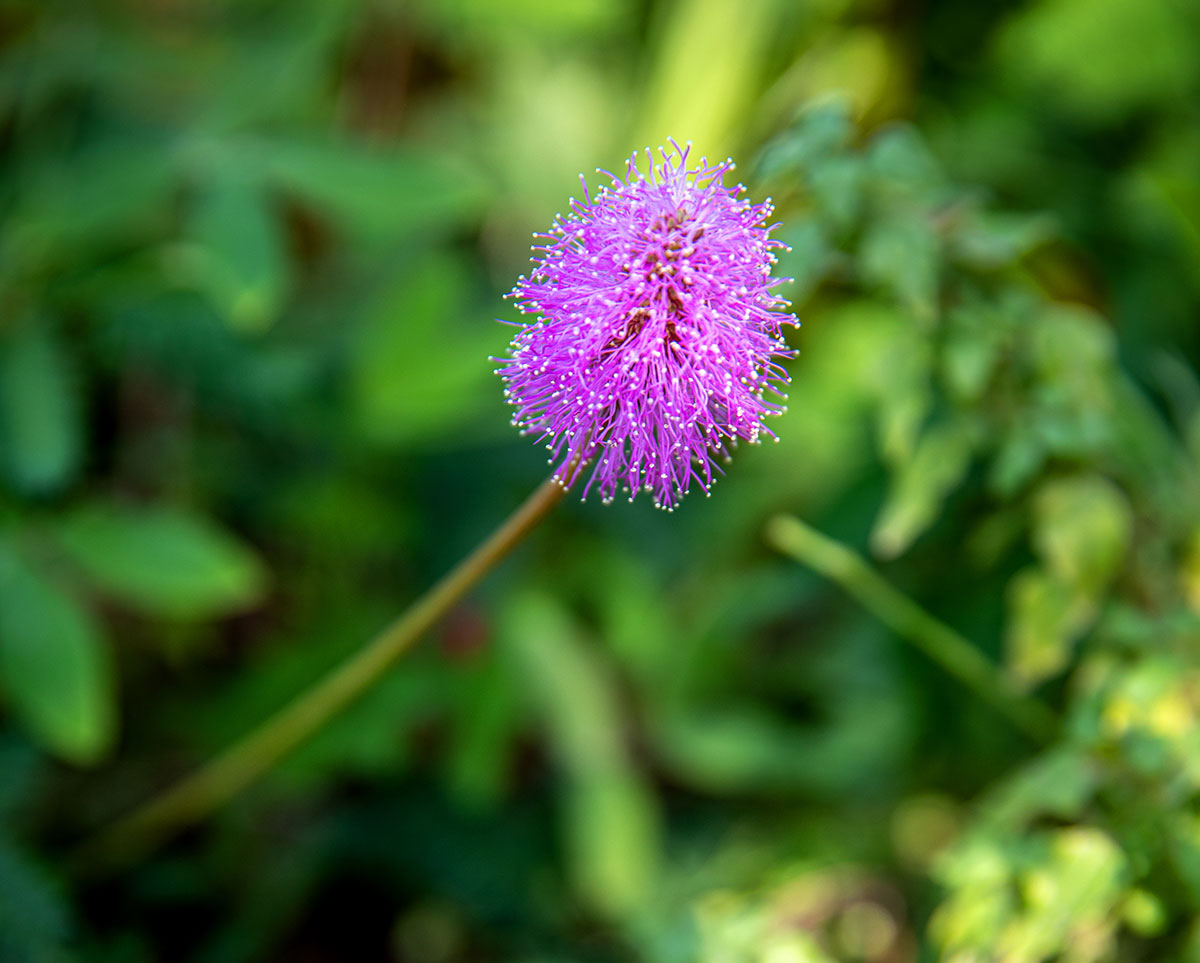
Sunshine Mimosa. PHOTOS BY JASON HOOK
Living in Florida has made native plants pros at water conservation. The need for less water, means less work for an irrigation system, saving money and perhaps more importantly, time. Sunshine Mimosa, Mimosa strigillosa, with its lovely fern-like foliage, spreads out to a beautiful carpet that is sprinkled with vibrant pink blooms off and on throughout the year. For beachside dwellers, Dune Sunflower, Helianthus debilis, is a wonderful choice. The full coverage of endless bright and cheery sunflower-like blooms will be the talk of the neighborhood.
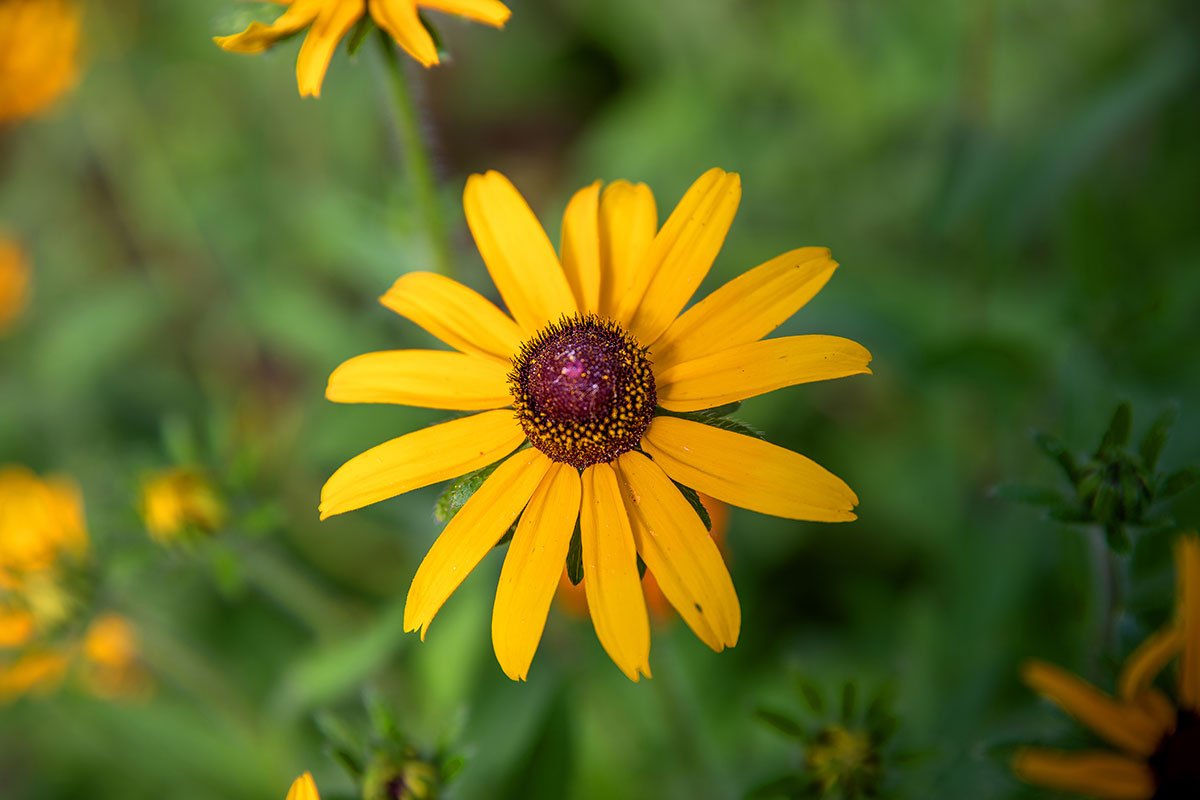
Dune Sunflower
SHRUBS
While not quite a wildflower, small flowering shrubs can offer just as much beauty with more height, making them ideal for creating a picturesque backdrop. With its unique appearance and modest height, American Beautyberry, Callicarpa americana L., can fit in just about anywhere and offers distinctive purple berries that provide not only a burst of refreshing color but also a wonderful snack for birds. Researchers recently found that it has mosquito repelling qualities. If you wish to invite butterflies, bees and hummingbirds to your landscape, our native Firebush, Hamelia patens, will bring them in droves. The bright orange-red flowers add a striking contrast to year-round green foliage making it attractive for everyone.
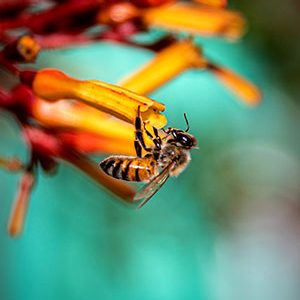
FLOWERS
So many native plants are green that it’s easy to forget how vibrant the flowers and grasses can be. From the pink plumes of the native Muhly Grass, Muhlenbergia capillaris, to the subtle orange and yellow hues of our state wildflower, Coreopsis sp., there is a native for every palette. Their natural life cycles are reminders of seasonal change and transition, which is not often observed in the Floridian landscapes.
Some native wildflowers you might not know, but should:
BLANKET FLOWER
Blanket Flower, Gallardia pulchella, is a common sight from May-August throughout Brevard County. Happily occupying roadsides to backyards, this bright beauty earns high marks for its ease of care and ability to attract a wide range of pollinating insects. Topping out at just over a foot and spreading about that much, it makes for a great addition to flower beds and for naturalizing open areas. With its sunny sunflower-like flowerhead featuring hues of red and yellow, it adds a sunset quality to just about any landscape. Seeds are easily saved from the flower heads at the end of season, making this one easy to keep blooming year after year. Be careful to make sure the flowers you are purchasing are indeed the true native, as non-native Blanket Flower can hybridize with our native species.
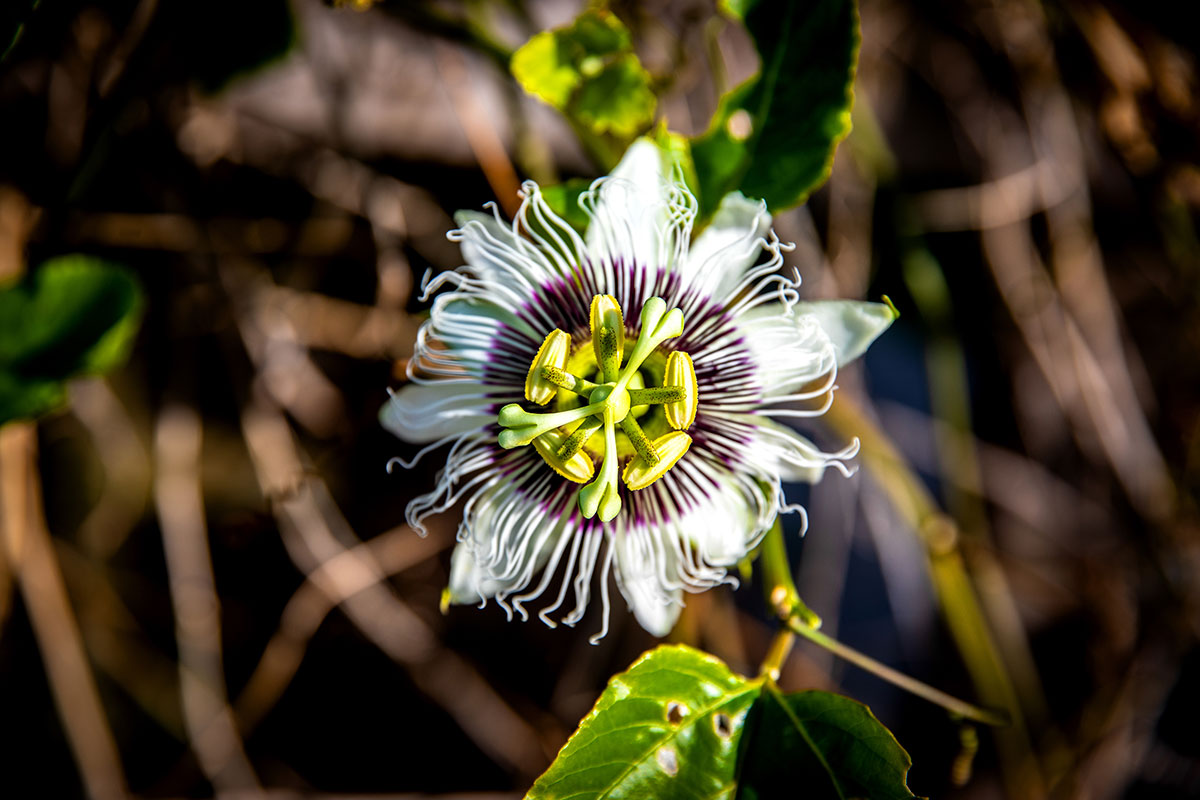
Passionflower
PASSION VINE
Several species of Passionflower, including purple, Passiflora incarnate, and the petite Corkystem, Passiflora suberosa, call Florida home. Many others, including the non-native South American Passiflora edulis, perform quite well here and serve the added benefit of providing an important food source for those interested in edible landscaping. For those looking to grow Passionflower for its asthetic quality, tracking down the native Maypop [purple] or Corkystem is worth it. All species happen to serve as host plants for numerous butterflies, including the beautiful orange Gulf fritillary and the Zebra longwing, whose caterpillars can often be found leaving small holes resembling the damage a paper hole-puncher would leave behind. Aggressive in nature, the tendrils found alongside the distinct three-lobed leaves make climbing fences, trellises, or even trees a breeze. The flower is the real showstopper here, resembling something from outer space with its huge crown of purple and white fringed petals and distinct ring of stamens and style in the center. The fruit produced is a true berry, and even those produced by the noncommercial native version make for tasty jam and juice. When planting at home, they perform best in well-drained soil in full sun.
STARRY ROSINWEED
Starry Rosinweed, Silphium asteriscus, has all the sunshine and cheer one would expect from a sunflower, in a compact, whimsical form. Robust and easy to grow, it naturally can be found in several diverse Florida ecosystems including flatwoods, sandhills and even along roadsides. Rosinweed plants appeal to the bees, birds and butterflies, as all flock to its bright yellow blooms. They will persist in the landscape, dieback in the winter and reseed. The seeds can easily be collected from the seed heads and saved for future plantings and projects. The Starry Rosinweed can be grown throughout Brevard County and prefers slightly moist, well-draining soils. Needing little in the way of amending, it shouldn’t need fertilizer. The average height is 3 feet tall, but it is not uncommon to see these get to 5 feet. Like most members of the aster family [think sunflower or coneflower], Rosinweed perform best in full sun and benefit from de-heading throughout the season. If left to seed, they provide a delicious treat for birds and other hungry wildlife.
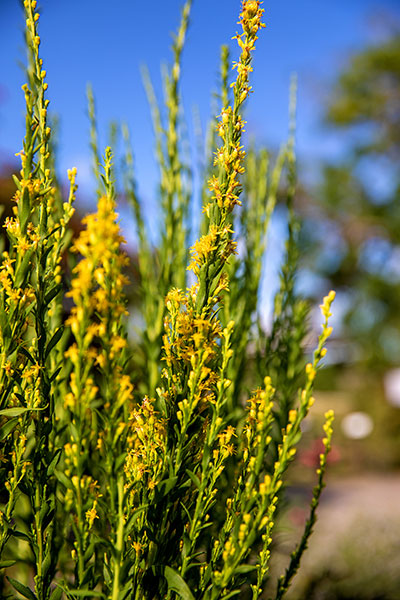
Seaside Goldenrod
STOKES’ ASTER
This large beauty occurs in the savannas, flatwoods and even bogs throughout the state. Known for its sunflower-like single stalked bloom, Stokesia leavis comes in a beautiful shade of pastel lavender that can be up to 3 inches in diameter. Performing well in all soil types, it will grow to about 2 feet in height and can be easily divided over time. A natural in the butterfly garden, the large flowerhead is an advertisement to bees, birds and beetles. Given its nice compact size, it can be paired with many other wildflowers to create a complementary color garden envious throughout the neighborhood.
SEASIDE GOLDENROD
The height, golden color and long-lasting blooms make Seaside Goldenrod, Solidago sempevirens, a natural for the landscape. It provides nectar long into the fall, after many of our spring and summer favorites have called it quits. Many mistake goldenrods for the more sinister ragweed, due to the high amounts of pollen they produce. Unlike ragweed, it does not tend to lead to allergies for most due to the large size of the pollen grains, which make it difficult to reach the nasal pathways. Also offering medicinal value, it was at one time used by the Seminoles to treat open wounds and other small abrasions. Seaside Goldenrod performs best in sunny areas with dry soil. A natural spreader, make sure it has plenty of room to stretch out. For this reason, it may be best to plant in larger areas rather than a small flower bed. It also performs well on dunes as it is salt tolerant.
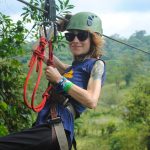
Amanda Rose Newton
Amanda Rose Newton is a Florida certified horticulture professional; board certified entomologist, beekeeper, and educator. She holds an Associates of Science in Horticulture Technology, A Bachelor of Science in Biochemistry, a Master’s of Science in Entomology with a specialization in Integrated Pest Management, and is currently pursuing a Doctorate at Florida Institute of Technology.


